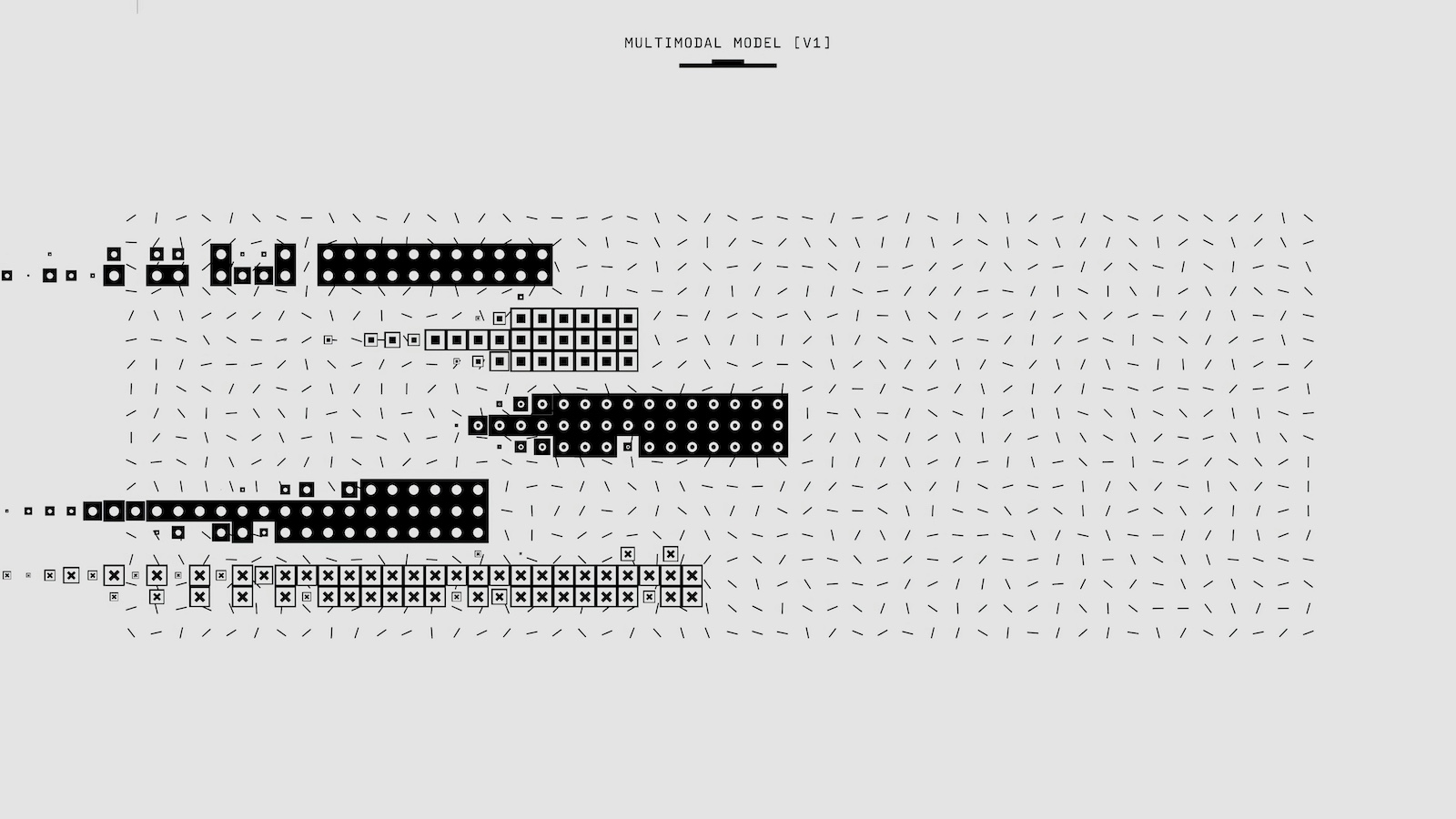For years, the dominant question in insurance IT has been: Which option, buy or build, will cause fewer headaches? But as software capabilities become more commoditized, and as AI and low-code tools put more power directly in the hands of teams, a simpler question is emerging:
Who can get this done?
The tools and capabilities all work. Everyone has application programming interfaces (APIs) you can connect to. However, while it's possible to stand up a customized experience for a new product in a matter of weeks, shipping something truly integrated, flexible, and usable is a different story.
And here's the truth: Either a product fits you, or you need to fit the product.
Most packaged software products assume the latter. You're expected to adapt to their processes, compromise your priorities, and sacrifice competitive edge just to match their system. But no single technology platform fits every insurer. Forcing fit often means slowing down or giving up what makes you different.
The real challenge is less about choosing the right technology and solutions; it's how they get delivered.
And delivery only works if you have the people to do it. Insurance talent is aging out. A significant portion of the insurance workforce is nearing retirement, and with it goes deep domain knowledge of both the systems and logic behind them. As these experienced professionals exit, many insurers are left with delivery and IT gaps that they can't easily fill.
Where Execution Breaks Down
Insurers and MGAs consistently voice the same frustrations:
"We didn't realize how many things would be out of scope."
"We're paying for change requests for things we thought were standard."
"The vendor team we thought we'd be working with disappears once we sign the contract."
Too often, delivery is handed off to offshore teams who were never part of planning and won't be around for iteration. Or it's handed over to internal IT groups already stretched across 10 priorities. Or, in the worst case, it's controlled by product vendors who monetize lack of flexibility, turning every change into a new contract.
This is what happens when product and delivery get disconnected: Timelines slip, no one owns the outcome, and every small change turns into a negotiation. It's not always a technology problem. It's an execution and fit problem.
What Execution-First Looks Like
Execution-first delivery means your partner goes beyond standing up a platform; they work with your team to engineer outcomes. More than just handing over a minimum viable product (MVP) that checks the boxes, think about how to build processes where your partner can stay close to the business, adapting in real time, and delivering something that actually works in the field.
In the best cases, that looks like:
- Engineers who understand the business logic
- Iteration without change request delays
- The same team staying accountable post-launch
Execution-first partners are those who stay close to the work and ship with you, not ones who add layers between planning and delivery.
Insurers that succeed do so not just because they chose the right platform. They built the right team and partners around it. Execution is what determines whether your road map turns into reality, or a backlog of change requests and mounting frustration.
The real question is no longer what to choose. It is who can deliver.






